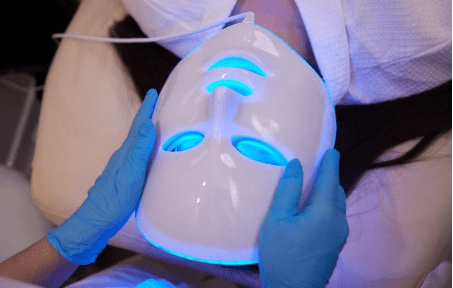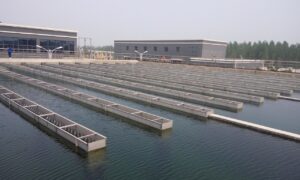Dermatology is a field of medicine that focuses on the diagnosis and treatment of skin conditions, disorders, and diseases. It deals with a wide range of skin problems, from acne and eczema to skin cancer and autoimmune diseases. With the advancement of technology, the field of dermatology has seen a significant shift towards the use of technology in diagnosis, treatment, and research. In this article, we will explore how technology is used in dermatology and how it is changing the landscape of this field.
Best dermatologist utilize these technologies to provide accurate diagnoses and effective treatments for their patients’ skin conditions. By combining their clinical expertise with the latest technologies, they can deliver personalized care that meets the unique needs of each patient.
The Role of Technology in Dermatology
The use of technology in dermatology has revolutionized the way skin diseases and conditions are diagnosed, treated, and managed. Here are some of the ways technology is being used in dermatology:
Telemedicine and Tele-dermatology
Telemedicine and tele-dermatology involve the use of telecommunication technologies to provide remote medical care to patients. With tele-dermatology, patients can receive virtual consultations, diagnosis, and treatment recommendations from dermatologists without the need for physical visits. This approach has made it easier for patients in remote or underserved areas to access dermatological care.
Dermoscopy
Dermoscopy is a technique that uses a handheld device with a magnifying lens and a light source to examine the skin. The device is used to examine moles, lesions, and other skin abnormalities to determine if they are cancerous or benign. Dermoscopy has become an essential tool in the early detection of skin cancer, leading to better outcomes for patients.
The Benefits of Technology in Dermatology
The use of technology in dermatology has many benefits, including:
Improved Accuracy
Technology has greatly improved the accuracy of dermatological diagnoses, leading to better treatment outcomes for patients. With the use of specialized tools and imaging techniques, dermatologists can detect skin abnormalities that may have been missed using traditional examination methods.
Better Access to Care
Telemedicine and tele-dermatology have made it easier for patients to access dermatological care, particularly in remote or underserved areas. Patients can receive virtual consultations and treatment recommendations from dermatologists without the need for physical visits.
Faster Diagnosis and Treatment
Technology has enabled dermatologists to diagnose and treat skin conditions more quickly and efficiently. With the use of skin imaging and analysis technologies, dermatologists can detect changes in the skin that may not be visible to the naked eye, leading to earlier diagnosis and treatment.
Personalized Medicine
With the use of AI and genetic testing, dermatologist toledo ohio may be able to offer personalized treatment plans for patients based on their individual genetic makeup. This approach may lead to more effective treatments and better outcomes for patients.
Conclusion
The use of technology in dermatology has transformed the way skin diseases and conditions are diagnosed, treated, and managed. From telemedicine and dermoscopy to AI and wearable technology, technology has improved accuracy, access to care, and patient experience. As technology continues to advance, the future of dermatology looks promising, with the potential for more personalized and effective treatments for patients.



































